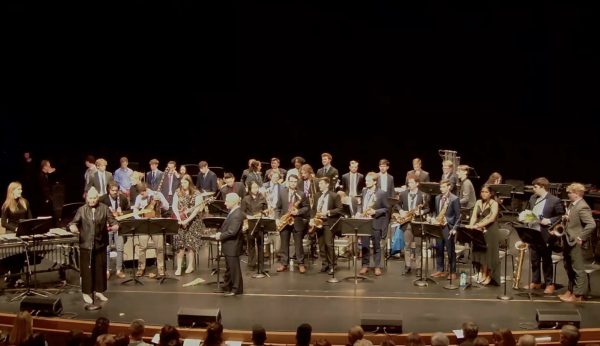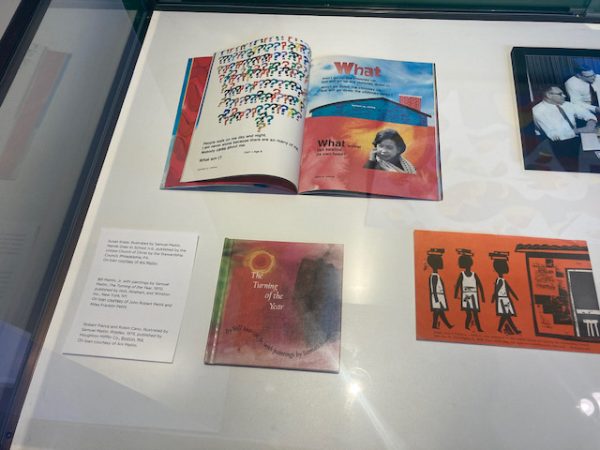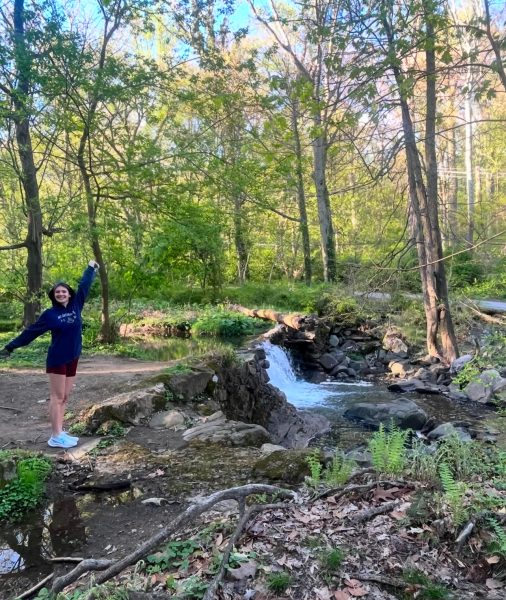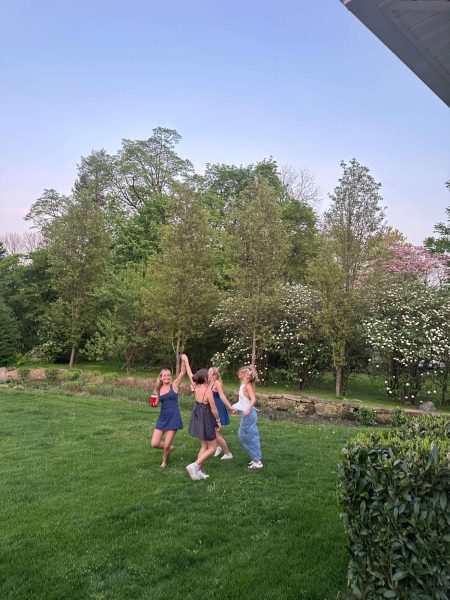The intimacy behind the B-sides
November 30, 2010
Although it can be a very difficult decision, everyone has a favorite album or, at the very least, a favorite song. So, consider for a moment, what it would be like to hear the demos that spurred the careful composition and painstaking production behind your record of choice. Imagine the intimacy and the understanding that you might glean from these recordings.
Recently, I was given the demos that preceded the production of my favorite album, Wilco’s “Yankee Hotel Foxtrot.” The 20-song compilation includes a few songs that were cut from the final album, as well as two instrumental tracks (and one alternate version of an instrumental track).
While the difference between the demos and the produced album are obvious, I almost prefer the demos. There is an intimacy in the tracks — a vulnerability in the rawness of it all. Listening to the demos not only helps me to understand the impetus behind the production of the album, but it makes me feel like a part of it.
While I have lamented the widespread loss of appreciation for the visual artistry and sonic fidelity of vinyl records, these demos, much like B-sides, remind me it has not been entirely abandoned. The principles behind vinyl production have been adopted, reinterpreted and presented to fans by many musicians and independent record labels.
Traditionally, vinyl records contained recordings on both sides of the 7-inch disc. The “A-Side” housed the songs that the record labels hoped would snag radio play and clinch Billboard rankings. The flip side, also known as the “B-Side,” usually held the songs that wouldn’t be featured on the LP. Of course, there were always exceptions to the rule. Artists sometimes found huge success in a B-Side track, like Gloria Gaynor’s “I Will Survive.” Aside from these exceptions, the basic idea remained the same: A-Sides were polished for widespread pop-consumption, while the B-Sides were a little more unique.
The concept behind these B-Sides has been preserved over time. Artists like Sufjan Stevens, the Arcade Fire and Nick Cave and the Bad Seeds have all translated the theory behind B-Sides into their own releases. Whether they are labeled B-Sides, outtakes, rarities or extras, these compilations offer fans a new insight into the work of the musicians.
These tracks may serve to illustrate the growth of the artists, but they also hold the potential to reveal the direction in which the artists will move and the ways in which their creativity might change. Before honing their visions and refining the execution of their ideas, these tracks can act as a “rough draft” of a future, more final product. They offer more than a map for progress; these tracks offer a glimpse into the actual artistic process.
In addition to these insights, these tracks also offer a sense of closeness. The very act of listening to outtakes and unrefined tracks makes the artist more vulnerable to the listener and, ultimately, more human. This air of exposure and rawness lends a new strength to the relationship between listener and musician. And, ultimately, it is the development of this sort of relationship toward which musicians strive.











